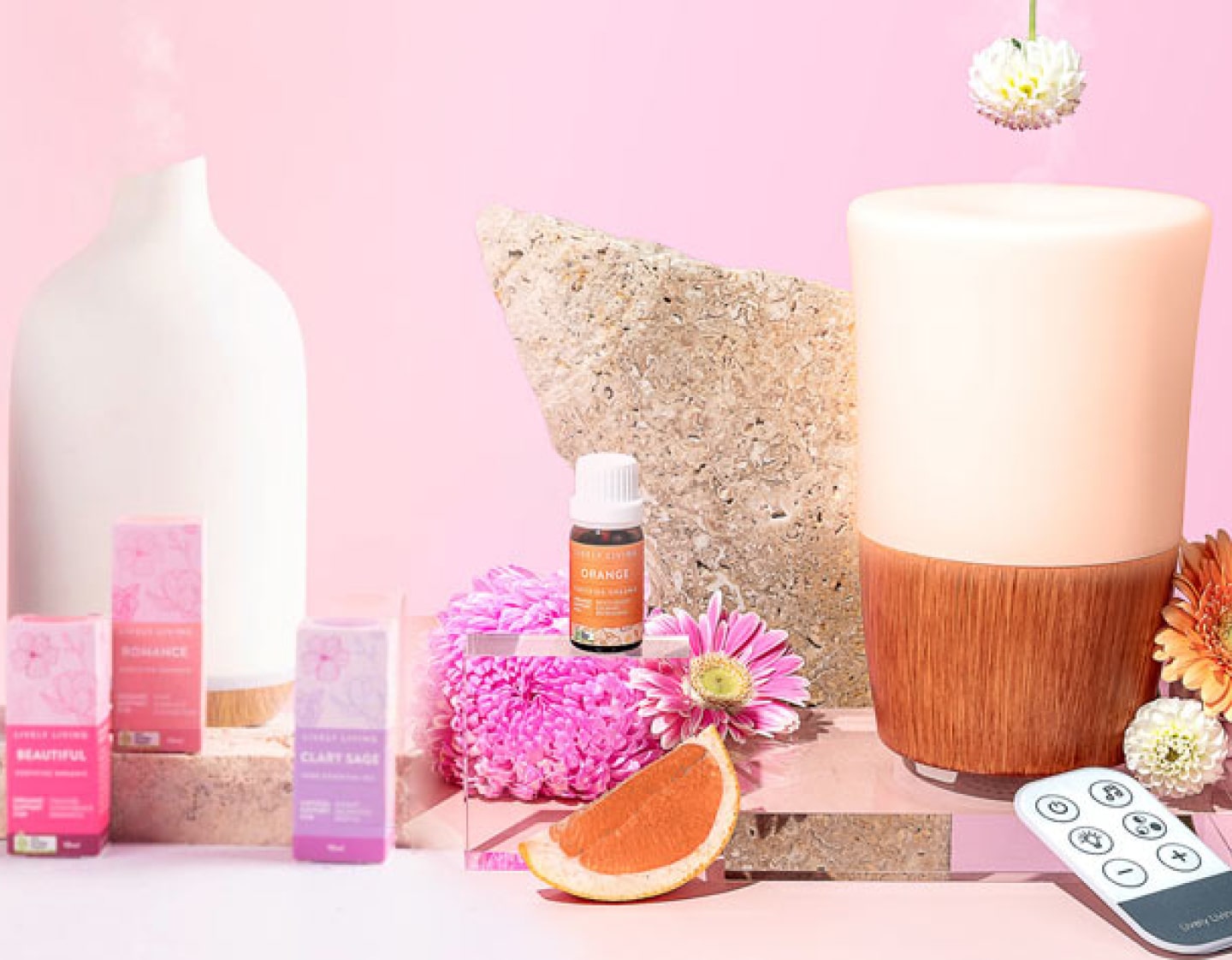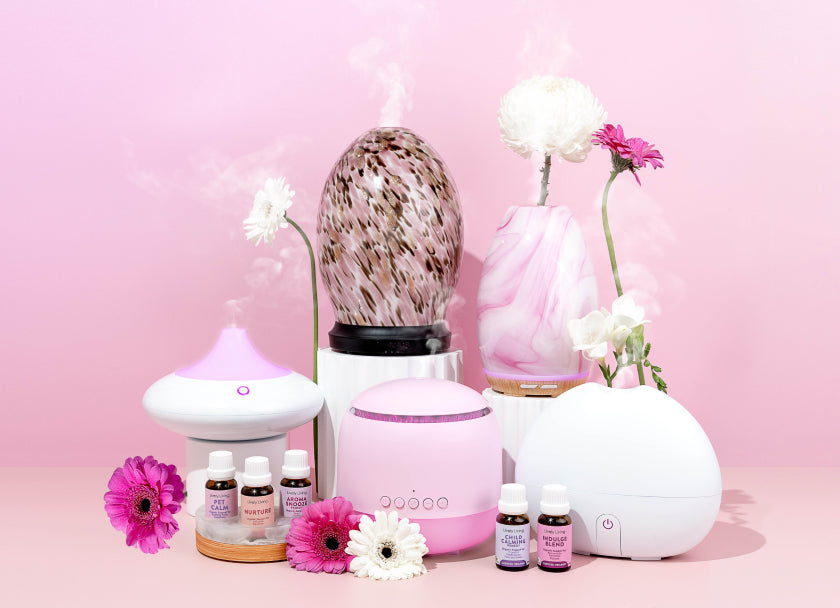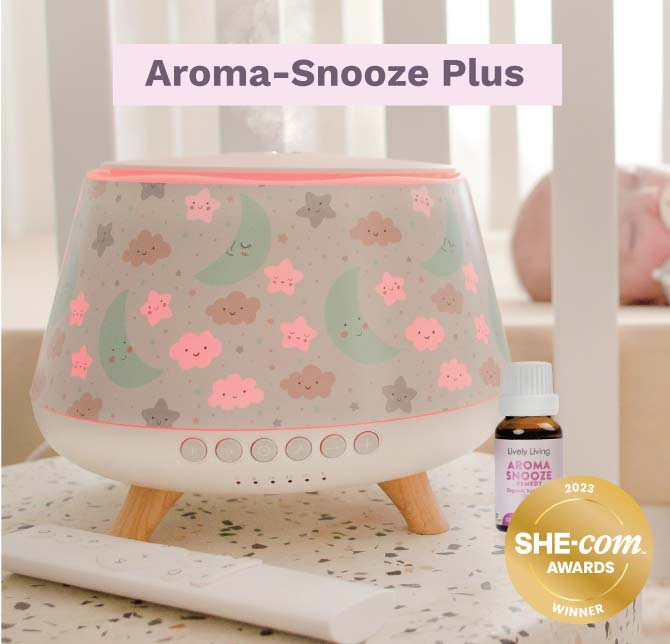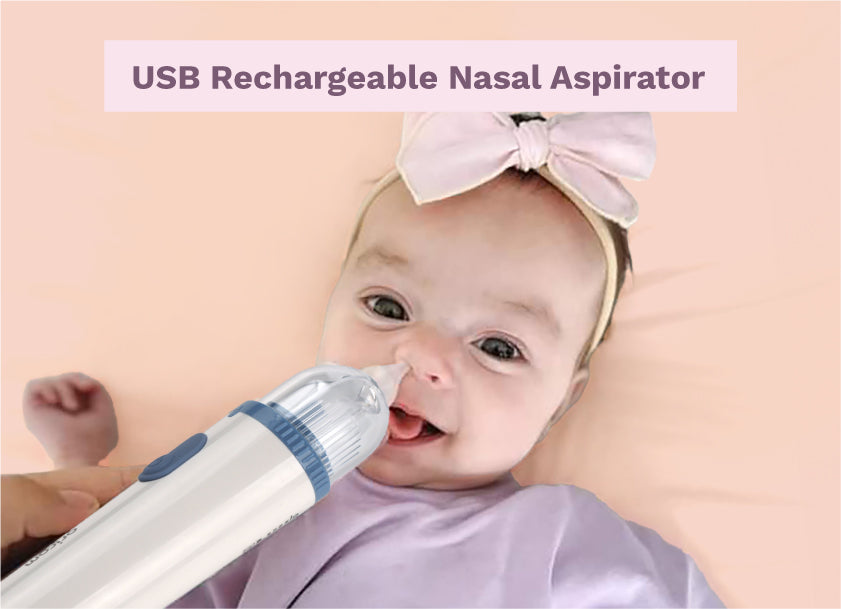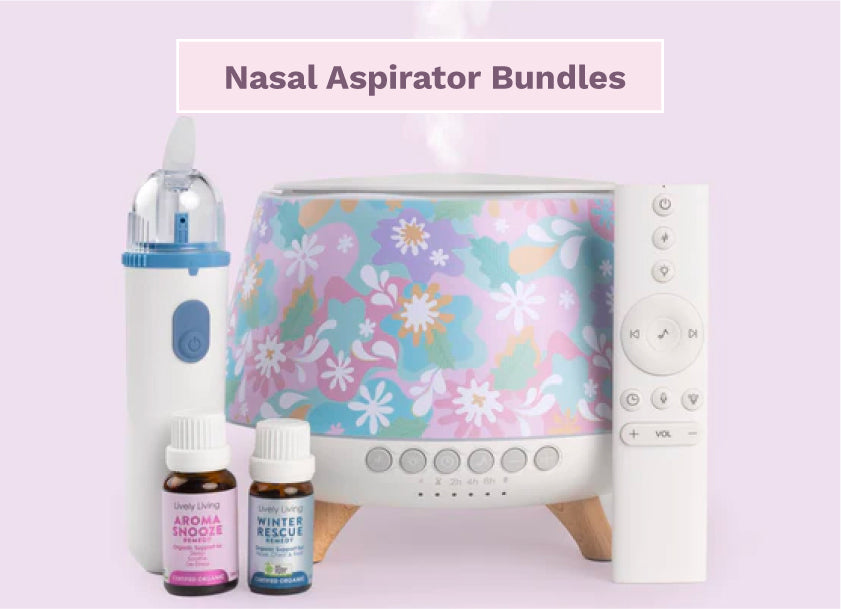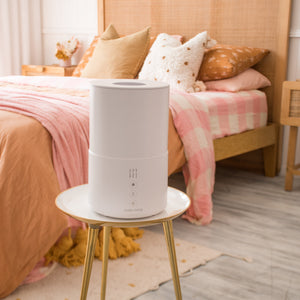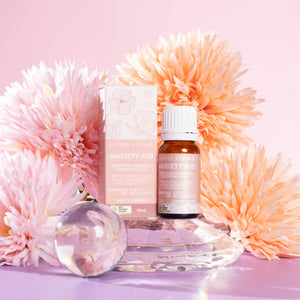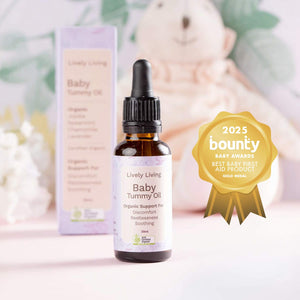Gentle Methods for Relieving Sinus Pressure in Children
It is tough seeing your little one struggle with a stuffy nose and facial pain. You just want them to feel better fast. Many parents look for Gentle Methods for Relieving Sinus Pressure in Children that are safe and effective. You want remedies that bring comfort without harsh side effects. This approach can make a big difference in your child's recovery and overall well being. Knowing some reliable Gentle Methods for Relieving Sinus Pressure in Children can empower you to provide soothing care when nasal congestion strikes.
Table of Contents:
- Understanding Sinus Pressure in Kids
- Helpful Home Remedies for Sinus Pressure Relief
- Gentle Methods for Relieving Sinus Pressure in Children and Essential Oils: A Cautious Guide
- What to Steer Clear Of
- When to Call the Doctor
- Preventing Future Sinus Issues
- Conclusion
Understanding Sinus Pressure in Kids
What exactly are sinuses? They are hollow, air-filled spaces in the skull, located around the nose and eyes, including the frontal sinus. These spaces normally fill with air and have a thin lining that produces mucus. This mucus plays a vital role; it helps keep the nasal passages moist and traps dirt, dust mites, and other airborne particles.
So, why do kids get sinus pressure? It often happens when these sinus cavities, or your child's sinuses, get inflamed or blocked. This blockage stops mucus from draining properly, leading to feelings of fullness and sinus pain. The common cold, often a viral respiratory infection, is a very frequent culprit, causing inflammation and increased mucus production.
Allergies to things like pollen, pet dander, or dust mites can also cause nasal passages to swell, leading to congestion symptoms. Sometimes, the physical structure of a child's nasal passages, such as a deviated septum, might make them more prone to developing sinus issues and experiencing recurrent nasal congestion. Even exposure to air pollution can irritate the nasal passages.
Recognizing the common symptoms is important for early intervention. Your child might complain of a stuffy nose or blocked nose. They could have a headache or pain and pressure around their forehead, eyes, and cheeks, characteristic of sinus pressure. You might also notice thick nasal discharge, sometimes yellow or green, which could also contribute to postnasal drip, causing a cough. Bad breath or a cough, especially at night, can also be signs of sinus congestion. Some kids feel tired or generally unwell, and these cold-like symptoms can significantly impact their daily activities.
While many cases of acute sinusitis resolve with home care and natural remedies, there are times to worry. You should call your healthcare provider if symptoms persist for more than ten days, or if child's symptoms initially improve but then get worse. A high fever or severe pain are also red flags. These situations need medical attention to rule out more serious conditions like a bacterial sinus infection or complications related to chronic sinus issues. Understanding these nuances is part of effectively managing your child's health conditions.
Helpful Home Remedies for Sinus Pressure Relief
When your child is uncomfortable due to sinus pressure, you naturally want to help. Luckily, many simple home care strategies can offer significant relief from a stuffy nose and associated discomfort. These approaches focus on making your child more comfortable, helping their body heal, and supporting the sinuses drain. Most are easy to do and use items you might already have at home, representing gentle methods for relieving sinus pressure in children.
Keep Them Hydrated
Drinking plenty of fluids is really important when dealing with nasal congestion. Sufficient fluids water down mucus, helping to thin it out. This makes it easier for the mucus to drain from the sinuses and helps clear mucus effectively. Thinner mucus is less likely to cause blockages and pressure, which can ease symptoms and make your child breathe easier. This also helps prevent dehydration, which can make symptoms worse.
Offer your child water frequently throughout the day. Warm liquids can be especially soothing for an irritated throat and can help loosen mucus. Think about clear broths, such as chicken soup, which is a time-honored remedy. Caffeine-free herbal teas like chamomile (if appropriate for children age) or warm, diluted apple juice are other good options. Popsicles made from diluted fruit juice can also be a good way to get fluids in, especially if they have a sore throat accompanying the sinus pain.
Try Steam Inhalation
Steam inhalation can work wonders for a stuffy nose and sinus congestion. The warm, moist air helps to loosen mucus that may be trapped in the nasal passages. It also soothes irritated nasal passages, making breathing easier and reducing discomfort from sinus pressure. This simple technique is a cornerstone of natural remedies for respiratory infection symptoms.
A simple way to use steam is to run a hot shower, letting the bathroom fill with steam. Sit in the steamy room with your child for 10 to 15 minutes; ensure they are not too close to the hot water source to prevent accidental burns. Another option for an older child is to have them lean over a bowl of warm (not boiling) water with a towel draped over their head, allowing them to breathe in the steam directly. Always supervise closely during steam inhalation to prevent burns, especially with a child younger than teen years. This can significantly relieve sinus issues.
Use Saline Nasal Rinses or Sprays
Saline solutions are basically saltwater and are very effective at rinsing nasal passages. This process washes away mucus, allergens like dust mites, and irritants, helping to clear mucus from the child's sinuses. Saline also helps to moisturize the nasal lining, which can become dry and irritated during a bout of sinusitis. These are much gentler than decongestant nasal sprays for ongoing use.
You can find gentle saline sprays and drops specifically made for children at most pharmacies; these are safe for young children. For older children, a neti pot or sinus rinse bottle can be used with distilled or previously boiled and cooled water. The American Academy of Pediatrics offers guidance on clearing a stuffy nose. Follow package directions carefully for any product you choose, paying attention to dosing instructions. Proper use is important for getting good results without causing more irritation and to help sinuses drain effectively. These can relieve congestion and reduce swelling in the nasal passages.
Opt for a motorided Nasal Aspirator
Apply Warm Compresses
A warm compress can soothe facial pain resulting from sinus pressure. The gentle heat can ease discomfort around the nose, cheeks, and eyes, common areas for sinus pain. It feels comforting and relaxing for many children, helping to ease pain associated with acute sinusitis or even chronic sinusitis flare-ups.
Simply soak a clean washcloth in warm water. Wring it out so it is damp, not dripping. Place the warm cloth over your child's forehead and nose area for a few minutes at a time. You can repeat this several times a day as needed to help relieve sinus discomfort. Make sure the compress is warm, not hot, to protect their delicate skin from burns.
Run a Humidifier
Dry air can make sinus problems and nasal congestion significantly worse. It can dry out nasal passages and thicken mucus, making it harder for the sinuses drain. A humidifier adds moisture to the air, which helps keep nasal passages moist and mucus thin, making it easier for your child breathe. This can be particularly helpful in preventing sinusitis symptoms from escalating.
A cool mist humidifier is generally recommended for children's rooms as this avoids any risk of burns from hot steam. Place it safely in their bedroom, especially when they sleep, to help ease symptoms throughout the night. It is very important to clean the humidifier regularly according to the manufacturer's instructions. This prevents mold and bacteria from growing and being released into the air, which could exacerbate respiratory infection issues. The Mayo Clinic offers tips on selecting and using humidifiers safely.
Elevate Their Head
When your child lies flat, mucus can pool in the sinuses, especially in the frontal sinus. This can increase pressure and discomfort, particularly at night, and worsen congestion symptoms. Elevating their head slightly can help promote better drainage from the air-filled spaces of the sinuses and reduce swelling.
For older children, an extra pillow under their head can work to ease symptoms. For infants and very young toddlers, pillows are not safe in the crib due to SIDS risk. Instead, you might slightly elevate the head of the crib or mattress safely, perhaps by placing a thin, firm support under the mattress itself if your pediatrician or healthcare provider approves. Always follow safe sleep guidelines for babies to ensure their safety while trying to relieve sinus pressure.
Think About Diet
Some foods might help your child feel better when they have a stuffy nose. Warm soups, like classic chicken soup, are renowned for a reason. The steam from the chicken soup can help clear passages, and the broth is hydrating and nourishing. Nutritious foods support the immune system and general health, which is vital when fighting off a common cold or sinus infection.
Some people find that certain foods, like dairy products, can thicken mucus, potentially making nasal congestion worse. This is not universally true for everyone, but it is something to observe in your child. If you notice a connection between certain foods and increased congestion symptoms, you might consider reducing those foods temporarily. Overall, a balanced diet rich in fruits and vegetables is always a good idea to support their recovery and prevent dehydration.
Offer Gentle Massage
A light sinus massage around the sinus areas might offer some comfort and help relieve sinus pressure. Gentle pressure, sometimes targeting specific pressure point areas, can sometimes help to relieve feelings of fullness and ease pain. It can also be a soothing touch for a child who is not feeling well, helping to calm them.
Using your fingertips, apply very gentle circular pressure. You can try this sinus massage on areas on either side of the nose, under the eyes on the cheekbones (maxillary sinuses), and on the forehead (frontal sinus). Keep the touch light and always stop if your child seems uncomfortable or expresses any discomfort. This technique aims to help clear mucus and reduce swelling gently.
Gentle Methods for Relieving Sinus Pressure in Children and Essential Oils: A Cautious Guide
Many parents are curious about essential oils for various health conditions. When looking for Gentle Methods for Relieving Sinus Pressure in Children, some essential oils might come to mind as potential natural remedies. However, it is critical to be very careful with essential oils around kids. Children are more sensitive than adults; their skin is thinner, and their bodies metabolize substances differently, especially a child younger than two years old.
The safest way to use essential oils for children's respiratory comfort and to help them breathe easier is often through diffusion. This means dispersing tiny particles of the oil into the air. A few drops in a diffuser designed for essential oils is usually enough. Always use oils in a well-ventilated room and for short periods, such as 15-30 minutes at a time. Observe your child for any signs of irritation or if symptoms worse.
Some oils considered gentler for diffusion around children including Lively Living Organic Blends
- Winter Rescue Remedy: to help assist breathing and sleep
- Lavender: Known for its calming properties, which can be helpful when a child is unwell.
- Chamomile (Roman or German): Also very gentle and soothing, often used to promote relaxation.
- Frankincense (Boswellia carterii or Boswellia sacra): Often used for respiratory support, but use with care and ensure it is a trusted source.
- Tea Tree (Melaleuca alternifolia): May help purify the air. Use in very small amounts when diffusing for children and avoid direct skin application.
Direct application of essential oils to a child's skin is usually not recommended unless highly diluted (e.g., 0.5-1% in a carrier oil) and advised by a healthcare professional knowledgeable in pediatric aromatherapy. Some oils are too strong and can cause skin irritation or other adverse reactions. Safe drug administration principles apply even to topical remedies.
It is very important to know which oils to avoid using on or around young children. According to resources like the Children's Hospital of Philadelphia, some oils are not safe for children. For example, peppermint and eucalyptus contain compounds (like menthol and 1,8-cineole) that can cause breathing problems or even seizures in young children if applied near their faces or inhaled in high concentrations. Always store essential oils out of reach of children, as they can be harmful if ingested.
Before using any essential oil with your child, it's wise to talk to their pediatrician. You could also consult a certified aromatherapist who specializes in children. They can give guidance based on your child's age, specific child's symptoms, and general health, ensuring any approach used to relieve sinus pressure is safe.
What to Steer Clear Of
While you want to help your child feel better and relieve congestion, some common approaches are not ideal for kids, especially young children. Knowing what to avoid is as important as knowing what to do. This helps prevent more discomfort or potential harm when managing nasal congestion and sinus pain.
Over-the-counter decongestant nasal sprays might seem like a quick fix for a stuffy nose. However, using them for more than a few days can lead to rebound congestion. This means the stuffiness comes back even worse when the spray wears off, making the initial problem more difficult to manage. It is best to avoid these decongestant nasal sprays for young children unless specifically advised by a doctor for a short period. Saline nasal sprays, which are just saltwater, do not have this effect and are generally safe for regular use to help sinuses drain.
Never give your child medications intended for adults. Dosages are different, and some ingredients in adult medicines are not safe for children, potentially leading to serious side effects. Stick to products formulated for your child's age group and specific weight. Always follow dosing instructions carefully, whether it's for pain relievers or allergy medicines, and consult your pharmacist or healthcare provider if you are unsure about proper drug administration.
Do not ignore symptoms that are getting worse or not improving after a reasonable period of home care. While many natural remedies and home care strategies help most mild cases of sinus pressure or acute sinusitis, persistent issues need a doctor's check. Early attention from a healthcare provider can prevent complications and ensure appropriate sinusitis treatment if needed, especially if symptoms linger or a bacterial sinus infection is suspected.
When to Call the Doctor
Most sinus pressure in children is due to a common cold (an upper respiratory infection) and resolves on its own with supportive care. But, sometimes a doctor's visit is necessary. It is important to know the signs that point to a more serious issue, such as a bacterial infection like bacterial sinusitis, or complications that might need antibiotics or other medical interventions. A healthcare provider is a trusted source for diagnosis and treatment.
You should contact your child's doctor or a healthcare provider if:
- Your child has a high fever of 102°F (38.9°C) or higher. For infants under 3 months, any fever is a reason to call immediately.
- Symptoms like nasal congestion, cough, or facial pain (sinus pain) last for more than 10 days without improving, or if symptoms linger despite home care.
- Symptoms initially improve but then get worse again (this 'double sickening' could signal a secondary bacterial sinus infection).
- Your child complains of severe headache or severe facial pain, particularly if it is localized over a specific sinus area like the frontal sinus.
- There is swelling or redness around the eyes, or changes in vision. These could indicate a more serious spread of infection.
- Your child seems unusually sleepy, irritable, is difficult to wake, or is not drinking enough fluids, which could lead to dehydration.
- You notice thick green or yellow nasal discharge for several days along with other significant child's symptoms like fever or severe pain.
- Your child experiences recurrent episodes of sinus congestion or sinus infections, which might indicate chronic sinusitis or an underlying issue like allergies or a deviated septum needing evaluation by an ENT specialist (throat doctor).
Trust your instincts as a parent. If you are worried about your child's symptoms, it is always best to get medical advice from your healthcare provider. A doctor can properly diagnose the problem, determine if it's a viral or bacterial sinus issue, or if other health conditions are at play. They can then recommend the best course of action, which might include prescription medications, further investigation like a CT scan in rare or chronic cases, or referral to an ENT specialist if needed. Early intervention can prevent sinusitis from becoming a more significant problem.
Preventing Future Sinus Issues
While it is not always possible to prevent every instance of sinus pressure, there are steps you can take to reduce the frequency and severity of episodes. Focusing on prevention can help your child avoid the discomfort of a stuffy nose and sinus pain. These strategies aim to support your child's general health and minimize exposure to common triggers.
Good hygiene is fundamental to prevent sinusitis. Teach your child to wash their hands frequently with soap and water, especially after being in public places, before eating, and after coughing or sneezing. Encourage them to avoid close contact with people who are sick with a respiratory infection. Covering coughs and sneezes can also limit the spread of germs that cause the common cold, a primary trigger for sinus issues.
Managing allergies effectively can also play a role. If your child has known allergies to triggers like dust mites, pollen, or pet dander, work with your healthcare provider to manage them. This might involve using allergy medicines as prescribed, reducing exposure to allergens in the home (e.g., using allergen-proof covers, regular cleaning to control dust mites), and being mindful of outdoor pollen counts. Avoiding exposure to irritants like cigarette smoke and significant air pollution can also help protect sensitive nasal passages.
Maintaining a healthy lifestyle supports a robust immune system. Ensure your child gets adequate sleep, eats a balanced diet rich in fruits and vegetables, and engages in regular physical activity. Proper hydration, by encouraging them to drink plenty of fluids water, also keeps the mucous membranes healthy. These general health measures can help their body better fight off infections that could lead to sinus congestion.
Conclusion
Dealing with your child's sinus pressure and nasal congestion can be challenging. But, by focusing on comfort and gentle relief, you can help them through it effectively. These Gentle Methods for Relieving Sinus Pressure in Children aim to ease their discomfort safely and promote faster recovery from a stuffy nose. Remember to keep them hydrated, use steam or a humidifier, and consider saline rinses to help clear mucus and soothe irritated nasal passages. Warm compresses and gentle sinus massage might also provide comfort and ease pain.
Always approach remedies like essential oils with caution and thorough knowledge, especially for a child younger than recommended ages. Understanding when to provide home care and when to call the doctor gives you confidence in managing their congestion symptoms and overall well being. Supporting your child with these Gentle Methods for Relieving Sinus Pressure in Children can make a positive difference in how they feel. If symptoms linger or worsen, or if you suspect a bacterial sinus infection or chronic sinusitis, consulting a healthcare provider or an ENT specialist is crucial for appropriate sinusitis treatment and to ensure your child receives the best care to help them breathe easier.

